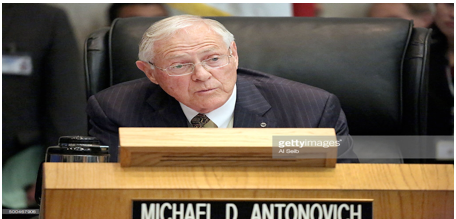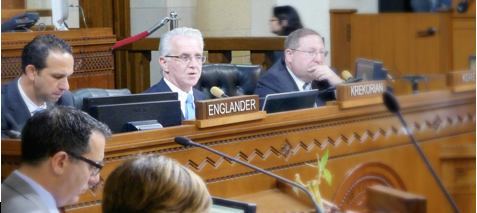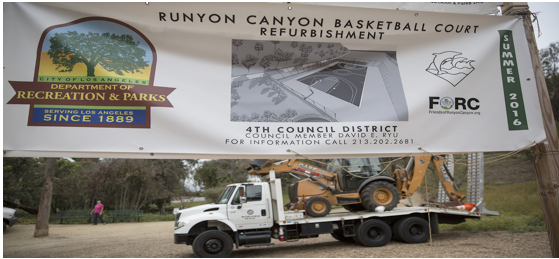DWP Deserves ‘Free’ Rent at Fig Plaza
LA WATCHDOG--In June, the Board of Commissioners of our Department of Water and Power postponed its consideration of a 10 year, $63 million lease of six floors of office space at Figueroa Plaza, a City owned office complex, because it did not pass the smell test.*
Now, the Department is considering another ten year lease, but only for four floors at a cost of $41 million. But once again, this deal is not ready for prime time as it is not in the best interests of the Department and the Ratepayers.
The Department’s management makes the valid argument that its needs this additional space to house 700 employees who are needed to oversee the repair and maintenance of its water and power infrastructure, to modernize its IT and financial management systems, and to facilitate succession planning and the transfer of institutional knowledge as a third of its work force is eligible to retire over the next five years.
But a ten year, $41 million lease is out of the question since DWP has not developed a long term plan to determine its real estate needs. This space plan would include the reconfiguration of the John Ferraro Building, DWP’s 50 year old, 1.6 million square foot headquarters that is located across from the Music Center in DTLA. Interestingly, this idea was nixed during the City’s budget crisis by Mayor Villaraigosa and the Eric Garcetti led City Council.
The “restacking” of JFB is estimated to be an expensive two or three year project if it were properly planned and managed by an experienced, independent contractor who would develop a floor by floor plan that would limit the disruption to the Department’s operations.
There is also the concept of locating some of the Department’s noncore functions in less expensive real estate in parts of our City that would benefit from economic development.
A well thought out and properly executed space plan would indicate that the Figueroa Plaza lease not exceed four or five years and that Department would need only three floors of “creative” office space. This would imply that a five year lease (including parking) would be in the range of $12 million, not including tenant improvements of around $9 million that the City wants DWP to pay. The total lease would be approximately $21 million, a significant discount to the new $41 million proposal.
However, the City should consider cutting DWP and its Ratepayers a break given that we are forking over $291 million to fund the illegal 8% Transfer Tax on Power System revenues. We are also being slammed with a five year $1 billion rate increase. As such, the City should consider waiving the annual rent of about $2 million a year, leaving DWP to pay for the tenant improvements and parking. DWP would be responsible for the $9 million tenant improvements that would stay with the building after the lease is over.
The City will argue that it cannot afford the loss of revenue. But given the vacancy factor of this out of the way location, its lack of amenities, its government dominated rent roll, the lack of interest by private sector renters, and the complex’s deferred maintenance, the likelihood of attracting tenants for these three floors is questionable.
And maybe it is time for the City to give a little something back to the Ratepayers.
●●
- Previous CityWatch articles on the DWP lease of Figueroa Plaza
--The Fig Plaza Stick Up: Ripping Off DWP Ratepayers for $40 Million
June 27, 2016
--Exposed! City Overcharging DWP Millions on Downtown Fig Plaza Rent
June 20, 2016
(Jack Humphreville writes LA Watchdog for CityWatch. He is the President of the DWP Advocacy Committee and a member of the Greater Wilshire Neighborhood Council. Humphreville is the publisher of the Recycler Classifieds -- www.recycler.com. He can be reached at: [email protected].)
-cw

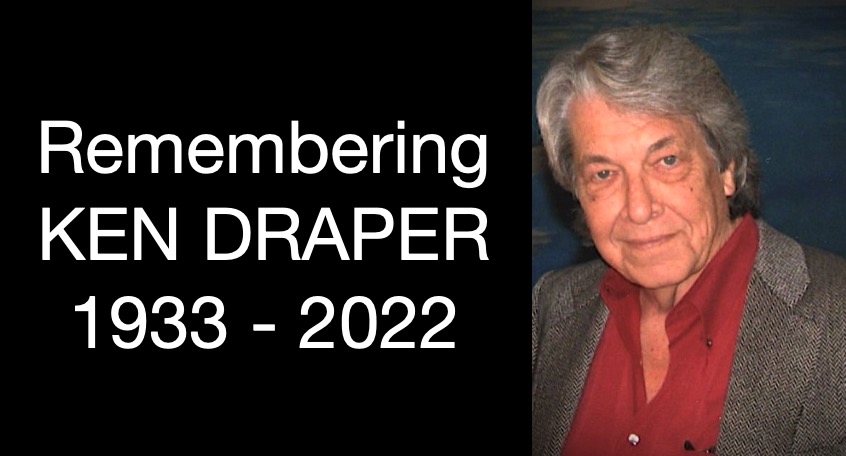
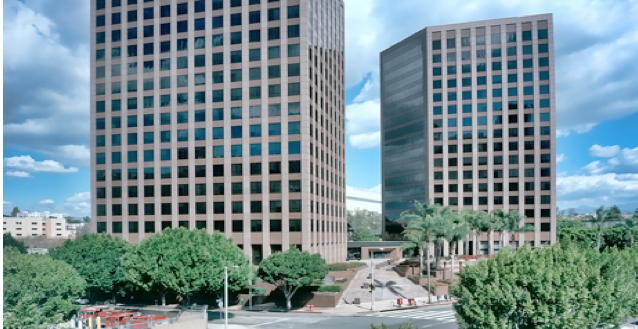

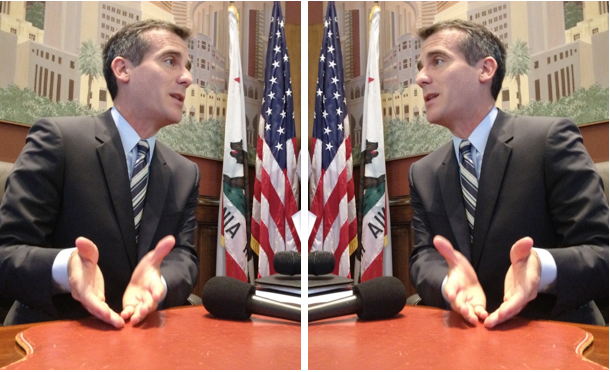
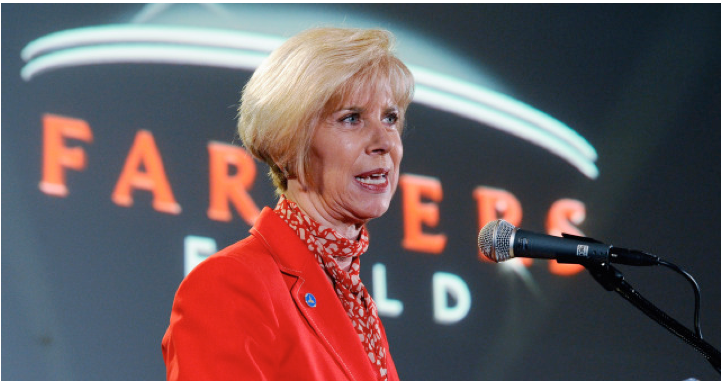
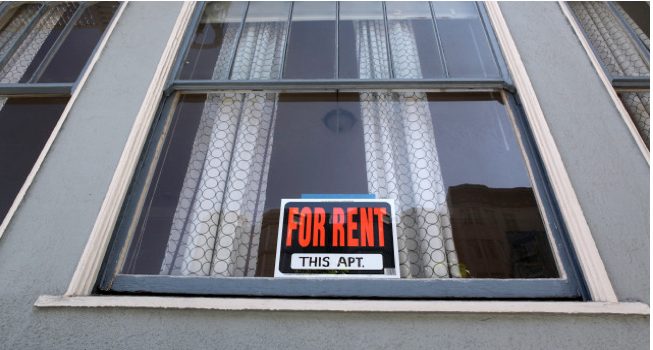
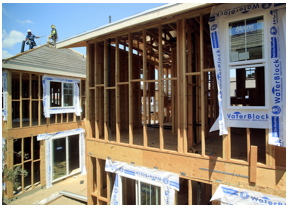 Notably lacking is any discussion about the economics associated with this ballot measure. But according to several sources, this initiative will increase construction costs by about 30% to 40%, in large part because of the onerous hiring requirements (see below) contained in the initiative.
Notably lacking is any discussion about the economics associated with this ballot measure. But according to several sources, this initiative will increase construction costs by about 30% to 40%, in large part because of the onerous hiring requirements (see below) contained in the initiative. 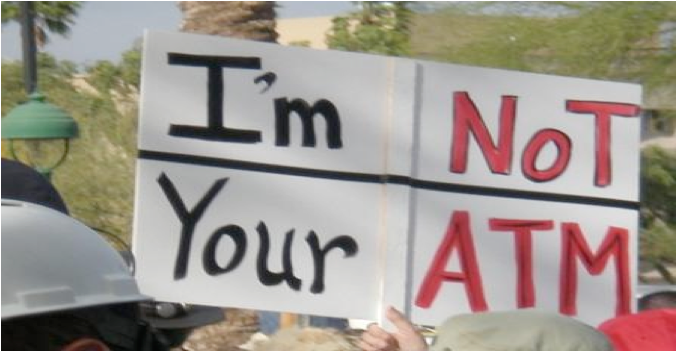
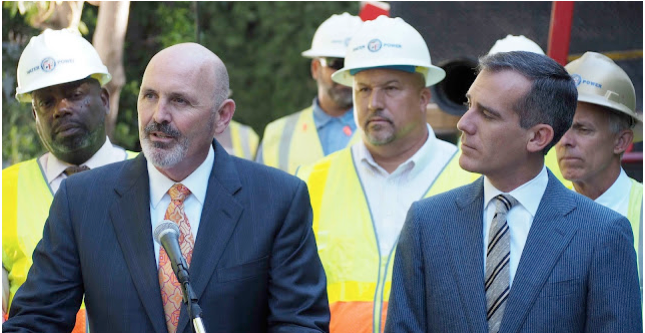
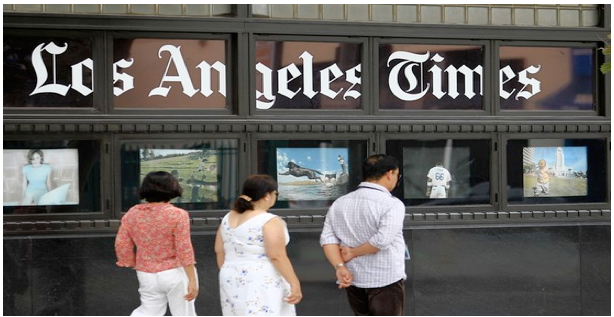
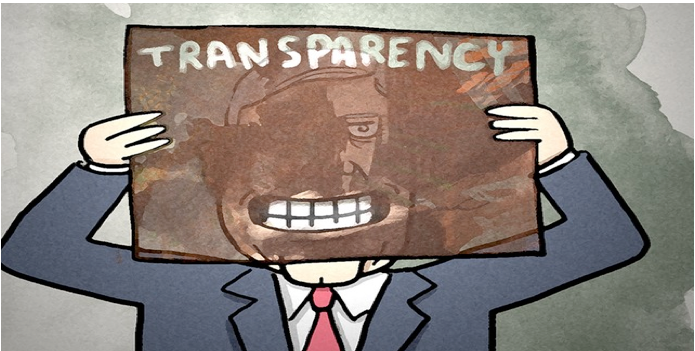
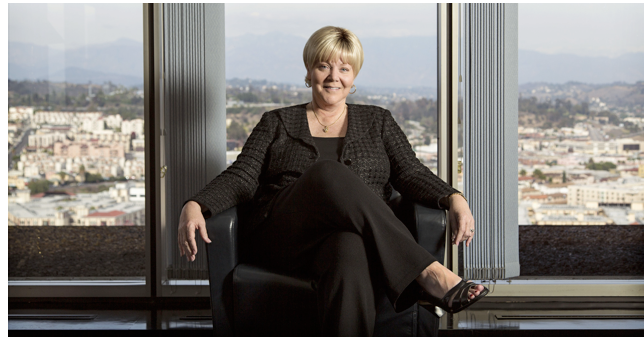
 David Wright (left), the Interim General Manager, is a relatively new addition to the Department’s management ranks, but has had considerable utility experience, including as General Manager of Riverside Public Utilities. As the Chief Operating Officer, he also has an understanding of DWP, its management, its strengths and weaknesses, and its highly politicized environment.
David Wright (left), the Interim General Manager, is a relatively new addition to the Department’s management ranks, but has had considerable utility experience, including as General Manager of Riverside Public Utilities. As the Chief Operating Officer, he also has an understanding of DWP, its management, its strengths and weaknesses, and its highly politicized environment. 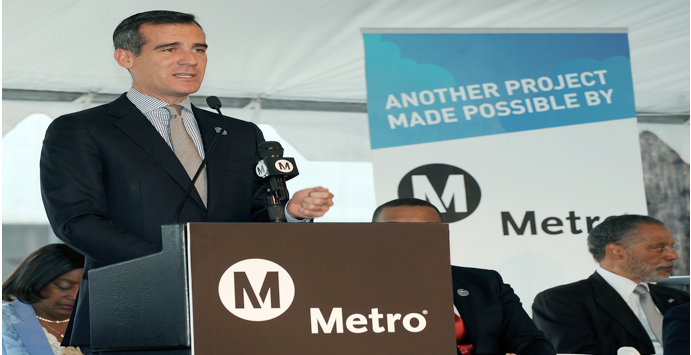



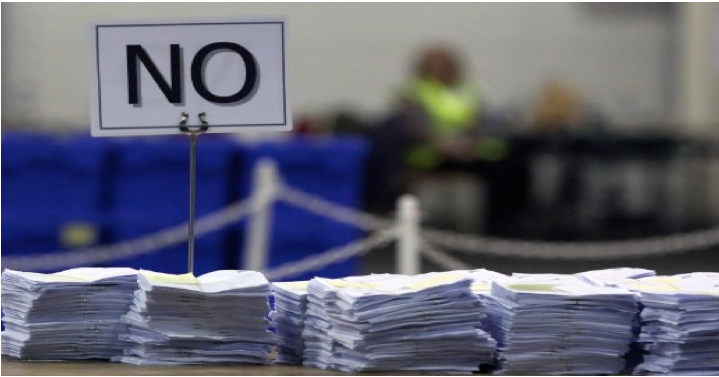



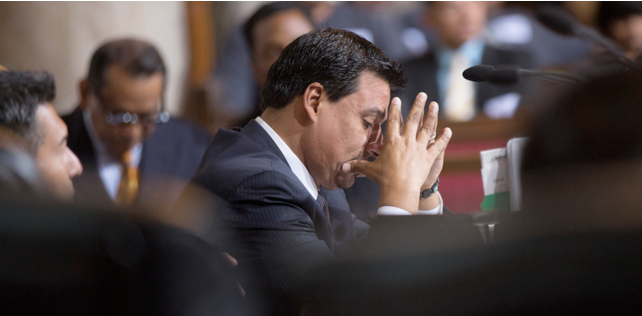
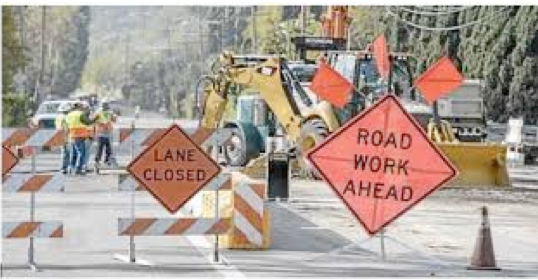
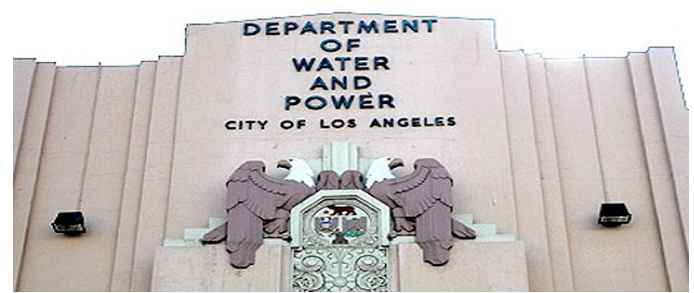

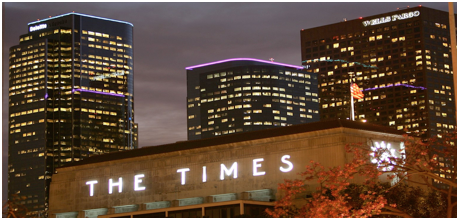

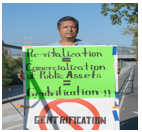 But these non-affordable developments are not subject to a long range plan that respects the existing communities and neighborhoods. Rather, it is the Wild West, a land grab by rapacious real estate speculators.
But these non-affordable developments are not subject to a long range plan that respects the existing communities and neighborhoods. Rather, it is the Wild West, a land grab by rapacious real estate speculators. 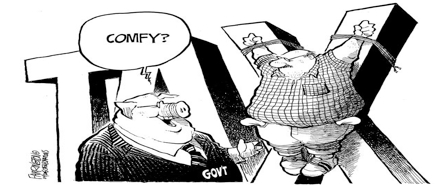
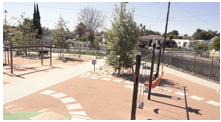 As such, the Supervisors will need to disclose the allocation of funds in the ballot measure that balances the goals of urban dwellers, suburban taxpayers, and open space advocates.
As such, the Supervisors will need to disclose the allocation of funds in the ballot measure that balances the goals of urban dwellers, suburban taxpayers, and open space advocates. 